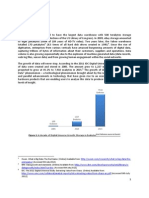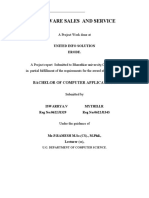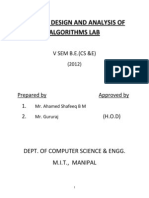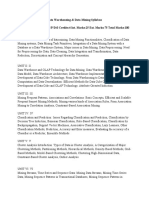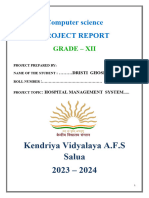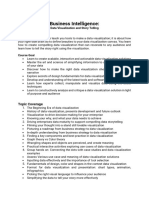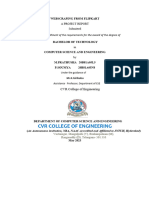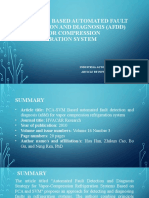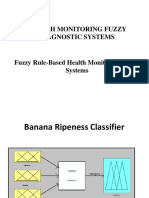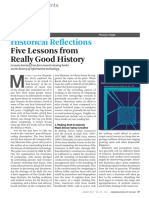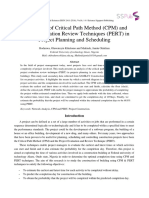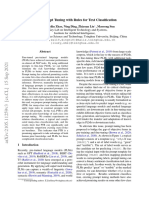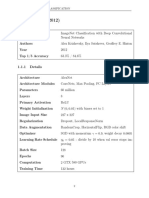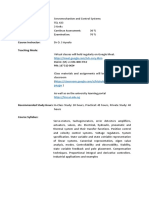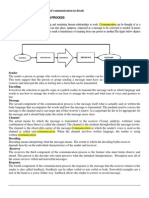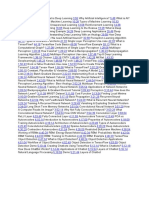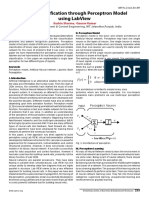100% found this document useful (2 votes)
217 views45 pagesBusiness Analytics Essentials
The document provides an introduction to business analytics and data-driven decision making. It discusses how companies must shift to being data-driven to avoid disruption, with 72% being vulnerable within three years. It then covers internal and external threats companies face. The rest of the document defines key concepts in business analytics like data science, analytics, data analytics, and the importance of data collection, preprocessing, and analysis in transforming data into meaningful insights.
Uploaded by
kingshuk.india9790Copyright
© © All Rights Reserved
We take content rights seriously. If you suspect this is your content, claim it here.
Available Formats
Download as PPTX, PDF, TXT or read online on Scribd
100% found this document useful (2 votes)
217 views45 pagesBusiness Analytics Essentials
The document provides an introduction to business analytics and data-driven decision making. It discusses how companies must shift to being data-driven to avoid disruption, with 72% being vulnerable within three years. It then covers internal and external threats companies face. The rest of the document defines key concepts in business analytics like data science, analytics, data analytics, and the importance of data collection, preprocessing, and analysis in transforming data into meaningful insights.
Uploaded by
kingshuk.india9790Copyright
© © All Rights Reserved
We take content rights seriously. If you suspect this is your content, claim it here.
Available Formats
Download as PPTX, PDF, TXT or read online on Scribd
/ 45




